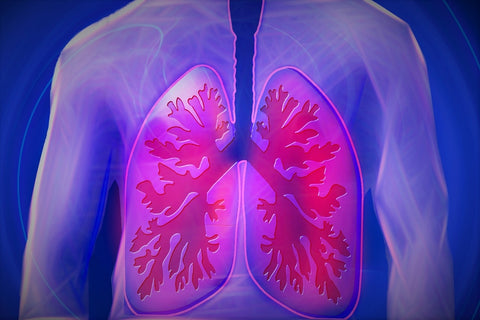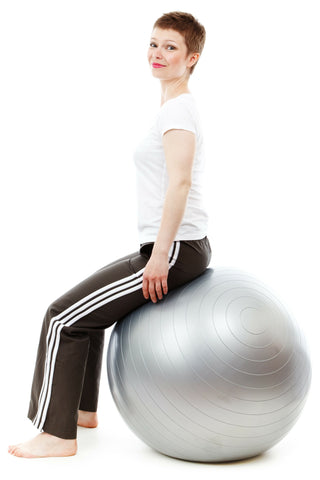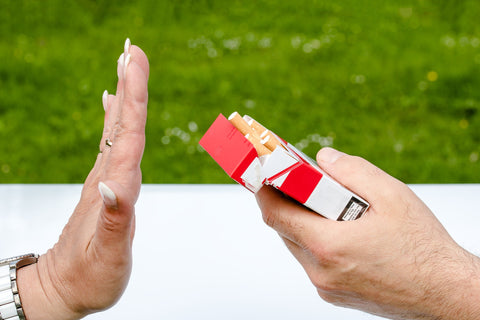
Chronic Obstructive Pulmonary Disease (COPD) is a progressive lung disease. COPD is an umbrella term for diseases like emphysema and chronic bronchitis. COPD comes in stages with stage one being mild and four being the very last stage. There is a need to improve the quality of life and slow down progression into subsequent stages.
To do this, it is imperative that a patient goes through pulmonary rehabilitation. This program arms you with the necessary skills to participate in everyday activities without a struggle by teaching you how to properly exercise and diet among other important aspects.
You will also learn breathing techniques and how to get the most out of your inhalers among other useful tidbits.The result of attending pulmonary rehab is less frequent and shorter periods of hospitalization. Faster recovery after exacerbation has also been noted. The exercise is good for consequent anxiety and depression due to the production of endorphins. The program, if ordered by a doctor will be covered by medical insurance.
{{cta('fa8abc2a-1e88-4fa3-82fd-1cb5b9ed43b2')}}
Exercise

Physical activity can be strenuous for a person with COPD. They will often suffer shortness of breath after a short walk and other simple activities.This is because the disease decreases lung function and weakens respiratory muscles. The program arms the patient with tips on how to exercise successfully.
With time, the patient is able to tolerate more activity that is physical. It is advisable that a patient starts small, then gradually increases the intensity of exercise. A good exercise has three parts: a warm up, conditioning and a cool down. The warm up prepares the body for the impending calorie burn. It also prevents muscle injury and increases range of motion.
The conditioning stage is where the party truly starts. In this stage, cardiovascular exercises like walking, jogging, water aerobics, cycling and jumping rope will be good. The cool down can last five minutes and stretching would be enough to allow the body recovery time.
General exercise guidelines may be followed. Like not exercising less than one and half hours after a meal. It is advisable to exercise in the morning because that is when the body is at its peak. Exercise for twenty minutes a day, three times a week is a good place to start. The patient is advised to exhale twice as often as they inhale through pursed lips.
{{cta('b59df0c1-c4de-47a8-8e1c-0d33d4b414aa','justifycenter')}}
Stop Smoking

It is estimated that 10-15% of smokers will develop COPD. After cessation, the difference can be felt within 24 hours. Improvement on blood pressure and heart rate is significant.
In a year, cardiovascular events are less probable by half. Naturally, lung function declines with age. Smoking heightens the rate. To reduce the progress of COPD into advanced stages, a patient should stay away from the cloud permanently.
This is the number one way to modify the natural course of COPD. Studies have shown that women gain the most from tobacco treatment than men. This is not deterrent though as both parties do enjoy a reduced rate of decline of lung function.
What to Eat

After metabolism, the body gains energy and carbon dioxide. The carbon dioxide is waste. COPD patients use a lot more energy when breathing and therefore need up to ten times more calories in their diet.
A prescribed diet will keep the weight optimal. Too much weight will put pressure on the lungs and respiratory muscles. Too little weight will make the patient frail and weak.
A good diet also helps long term bronchodilators work better and reduces the use of rescue medication. One should take plenty of fluids to keep the mucus thin and easy to cough up. Mucus will block airways and cause exacerbation.
Patients should not overeat and should opt for more frequent and smaller meals instead of the traditional three meals. High fiber foods are also recommended. It is important that a patient exercise sodium control. Before using other salt supplements, they should consult. The same applies to alcohol intake. They should take smaller bites to ease breathing and eat while sitting up.
Arsenal of Information

The quality of life of a COPD patient can be significantly influenced by their self-management capabilities. The only way for patients to manage themselves successfully is to have a lot of information about their condition. The program also avails the same information to family members. This ensures that proper care is taken and exacerbations are attended to appropriately.
Often, sleeping position might affect breathing. This can be quite alarming but after going through the program a patient will know that all they have to do is sleep on their side with the head elevated to keep airflow smooth. Patients are also made aware of trials like those involving use of stem cells to repair damaged lungs.
Support
Living everyday knowing that something as minute as strong cologne might set off an exacerbation and quite possibly death is depressing and soul crashing. It is easy to just curl up and wait for death. In addition to medical support, patients will often need emotional and psychological help. There are many blogs where people post their stories and words of encouragement for those on the same COPD boat.
There are also support groups where one can find solace for the bad days. The pulmonary rehabilitation program will direct the patient to these. They will also connect them with excellent COPD specialists. Support might not heal the disease but it will make them feel a little better.
After a patient has completed the program, it is paramount that they stick to the prescribed diet and exercise schedule. Exercise may be as simple as walking up and down the stairs for ten or twenty minutes every day or taking a walk in the park.
This is the only way to ensure continuation of wellness and long term positive effects. Morbidity and mortality, though still quite pronounced, is pushed further away from the patient’s mind. With pulmonary rehabilitation, a COPD patient can live life without letting the impending doom falter their steps.

